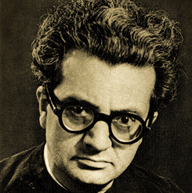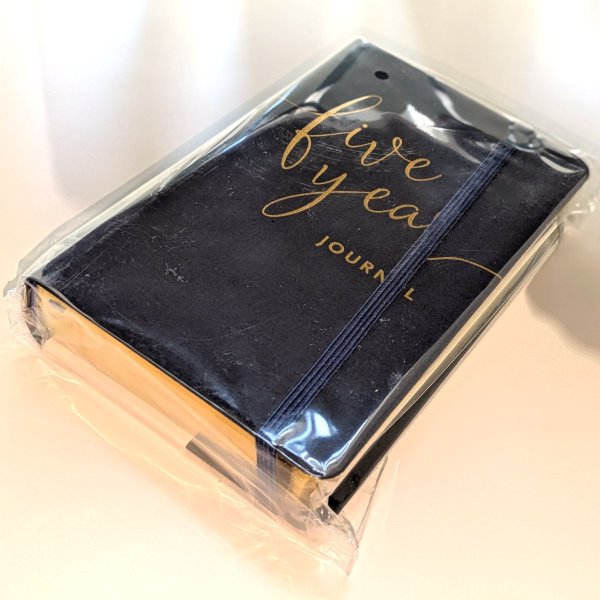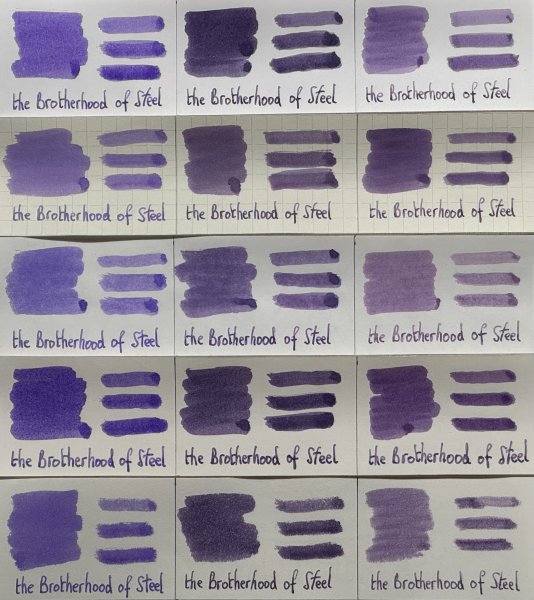Dating Pelikan fountain Pen
-
Forum Statistics
357.5k
Total Topics4.7m
Total Posts -
Member Statistics
130,065
Total Members18,857
Most OnlineNewest Member
WillysGuy
Joined -
Images
-
Albums
-
silly images
- By lamarax,
- 0
- 0
- 17
-
Paper products
- By A Smug Dill,
- 3
- 54
-
Ink testing pages 2025
- By Penguincollector,
- 0
- 0
- 60
-
namrehsnoom-20
- By namrehsnoom,
- 0
- 0
- 50
-
Ink
- By Penguincollector,
- 0
- 9
- 99
-


















.thumb.jpg.f07fa8de82f3c2bce9737ae64fbca314.jpg)









Recommended Posts
Create an account or sign in to comment
You need to be a member in order to leave a comment
Create an account
Sign up for a new account in our community. It's easy!
Register a new accountSign in
Already have an account? Sign in here.
Sign In Now